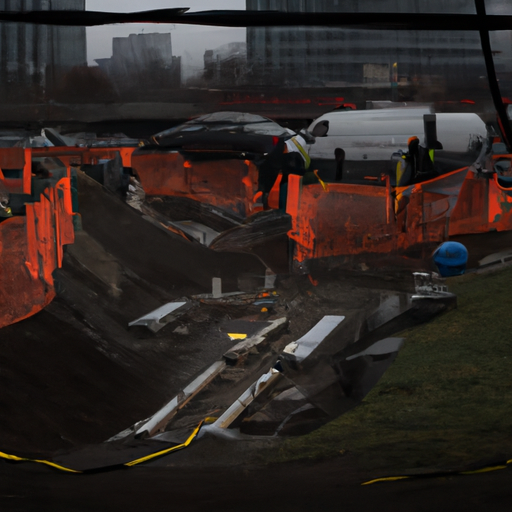The Canadian Opioid Crisis: A Modern Epidemic Resurfaces an Ancient Problem
An Unexpected Discovery Amidst the Opioid Crisis
A recent article by APTN National News highlights a fascinating discovery that underscores the historical and ongoing significance of opioid use and misuse among indigenous populations. A construction crew in Toronto uncovered ancient human remains, possibly an indigenous burial site, dating back to a time when natural opioids were perhaps used in spiritual and medicinal contexts – a poignant thread in Canada’s current struggle with the opioid crisis.
Tale of Two Epidemics
The opioid crisis gripping Canada has indiscriminately affected various facets of society, leading to an exponential rise in opioid overdose deaths, escalating crime rates, an upsurge in homelessness, a demand for naloxone supplies, and an unprecedented opioid class action. These current issues, seen in the light of the uncovered burial site’s significance, tell a nuanced tale of two epidemics – one ancient, one modern – both woven through generations of indigenous and non-indigenous Canadians.
The Present Crisis
The current day opioid crisis is releasing its grip across different sections of Canadian society. More and more Canadians are falling victim to opioids, such as fentanyl, heroin, and OxyContin, leading to a surge in opioid-overdose fatalities. The crisis has also exacerbated homelessness as individuals battle addiction, and spiralling crime rates render neighbourhoods unsafe.
Canada has responded by launching an opioid class action in an attempt to hold pharmaceutical companies accountable for their role in the epidemic. Furthermore, distribution of naloxone kits – a medication to reverse the effects of opioids – has been ramped up.
The Historical Context
Historically, indigenous communities have long had a complex relationship with natural opioids. While construction workers have stumbled upon an ancient indigenous burial site in Toronto, it compels us to consider the possibility of opioid usage in early cultures. These substances might have been used for pain relief, spiritual rituals, or even misused.
Key Points: From Crisis To Solution
- The opioid crisis in Canada has led to an increase in opioid-related deaths, crime, and homelessness.
- Canada has initiated an opioid class action lawsuit against pharmaceutical companies for their role in the crisis.
- The supply of naloxone kits is being increased to combat opioid overdoses.
- An ancient indigenous burial site unearthed in Toronto underscores the historical context of opioid use.
Where Do We Go From Here?
In understanding the scope and severity of the opioid crisis, Canada must invest in policies and interventions that tackle the issue through a socio-cultural lens. This includes not only focusing on substance misuse prevention and treatment but also addressing the larger systemic issues at play – poverty, homelessness, and social exclusion.
The focus should be on creating comprehensive policies that restore dignity and provide equal opportunities for everyone, regardless of their background. Using the lessons from the past, Canada can move forward – leveraging the strengths of its diverse cultures, while acknowledging the historical context of substance use and misuse.
Conclusion
As we grapple with the opioid crisis, the discovery of the ancient burial site serves as a tangible reminder of the complex historical relationship with opioids. This crisis calls for a deeper understanding of substance use from a socio-cultural perspective. By holding pharmaceuticals accountable, increasing the availability of naloxone, and addressing systemic issues that contribute to substance misuse, Canada can begin to heal from this crisis, respecting and learning from its historical roots.
